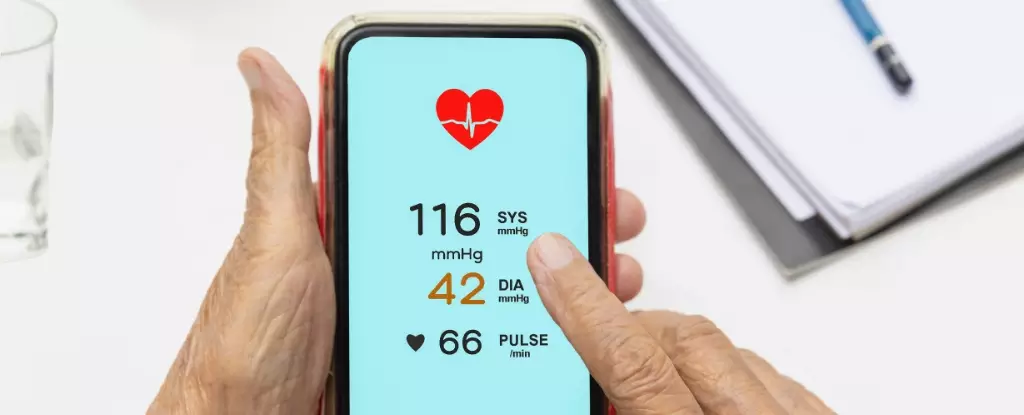High blood pressure, or hypertension, is often dubbed the “silent killer” due to its undiagnosed prevalence among millions. The condition intensifies the likelihood of serious health complications like heart disease and kidney failure. Despite this alarming reality, a significant number of individuals remain unaware of their perilously elevated blood pressure, mainly due to inadequate access to diagnostic tools and medical care. Enter a groundbreaking innovation that promises to democratize health monitoring – a mobile application designed to facilitate blood pressure estimation using the ubiquitous smartphones we carry daily.
Developed by researchers at the University of Pittsburgh, this innovative Android app employs the smartphone’s inherent sensors—accelerometer, camera, and touch sensors—to remotely assess blood pressure. Instead of requiring conventional blood pressure monitors, individuals can leverage the technology already in their pockets. The application’s significance is amplified for those in underserved regions, where access to regular healthcare is severely constrained. Biomedical engineer Ramakrishna Mukkamala articulates the essence of this development: “In underserved populations, many people don’t have access to blood pressure cuffs or doctor’s appointments but they do possess smartphones.”
Traditionally, blood pressure is measured using a sphygmomanometer, a device that uses an inflatable cuff to constrict arterial flow, allowing for an assessment of systolic and diastolic pressure. This conventional method, while effective, often requires in-person visits to healthcare professionals, which can be a barrier in remote or economically disadvantaged areas. The smartphone application circumvents this limitation by utilizing gravitational and finger pressure to estimate pulse pressure, reimagining how individuals can monitor their health.
The Mechanics of Measurement: A New Approach
What sets this application apart is its unique method of capturing data. Instead of constricting blood flow as traditional devices do, the app invites users to manipulate their hand positions to create variations in blood flow. Through a series of guided finger taps on the touchscreen, the app measures how pressure fluctuates, accounting for gravitational changes that affect blood pressure readings. Biomedical engineer Vishaal Dhamotharan elucidates this concept when he states that the change in thumb hydrostatic pressure, when hands are elevated, provides valuable data for pressure calculations.
In initial trials involving 24 participants, the app achieved pulse pressure readings with reasonable accuracy—within an approximation of 8 mm Hg. Although this accuracy is promising, researchers observe that ongoing advancements are necessary to further refine the technology and bolster reliability. The journey doesn’t merely end with the development of the application; researchers are also tasked with reshaping perceptions around the utility of pulse pressure as a reliable health indicator.
An essential aspect of this innovative approach is addressing the broader implications of adopting such technology. Biomedical engineer Sanjeev Shroff emphasizes the ambitious goal that drives this research: creating a cuffless blood pressure measurement device that operates independently of external calibrations. The existence of such a tool would represent a monumental achievement in medical technology; however, the sentiment resonates with caution, emphasizing the necessary shifts in understanding and practices within the medical community and among patients.
As we look toward the future, one cannot overlook the upcoming challenges. The medical community must adapt and embrace this shift towards mobile health solutions, educating patients on the proper usage and interpretation of their readings. Moreover, ensuring the application can perform accurately within diverse demographic settings will be paramount to its adoption.
This breakthrough represents a transformative leap in accessibility to blood pressure monitoring, particularly for marginalized communities lacking adequate healthcare services. By harnessing the commonality of smartphones, potential healthcare gaps could be bridged, leading to proactive health management and a decrease in preventable complications associated with untreated hypertension. As technology continuously evolves and becomes more integrated into our health systems, innovations like this application present a beacon of hope in overcoming traditional barriers to healthcare access, ultimately saving lives and promoting well-being in populations that need it most.


Leave a Reply